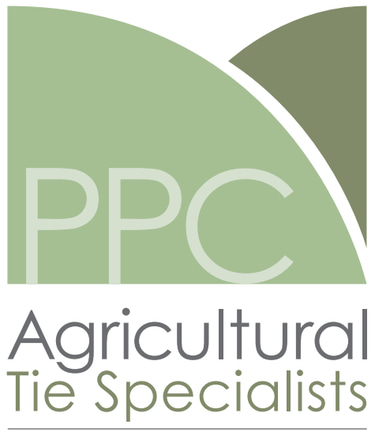Parsonson Planning Consultancy
An agricultural tie is a planning condition or obligation placed, by the Council, upon the planning permission for a house built in the open countryside where development would not normally be permitted.
An agricultural tie seeks to restrict occupancy of the dwelling to those employed in agriculture and usually also includes those employed in forestry, some agricultural ties allow for the occupation of a dwelling by equestrian workers or other rural workers. The planning permission will usually have been granted because someone was able to demonstrate an essential need to live at or close to their place of work in the open countryside. As the wording of occupancy conditions and planning obligations does vary it is important to understand the specific wording of any particular condition.
Agricultural occupancy conditions are still being imposed today, thus they remain valid and have a place in the planning system.
Since their introduction when the first Town and Country Planning Act came into force in 1948 they have been worded in various forms with varying meanings and requirements.
The current model condition in England specifically requires that:
The occupation of the dwelling shall be limited to a person solely or mainly working, or last working, in the locality in agriculture or in forestry, or a widow or widower of such a person, and to any resident dependants.
In Wales a rural occupancy condition is currently used:
The occupancy of the dwelling shall be restricted to:
a) A person solely or mainly working, or last working on a rural enterprise in the locality, or a widow, widower or surviving partner of such a person, and to any resident dependents; or, if it can be demonstrated that there are no such eligble occupiers,
b) A person or persons who would be eligible for consideration for affordable housing under the local authority's housing policies, or a widow, widower or surviving civil partner of such a person, and to any resident dependants.
There have been many variations to the wording of this sort of condition and it is essential that the specific occupancy condition is identified so its meaning and requirements can be properly assessed.
Whilst the meaning of agricultural occupancy conditions and agricultural ties has been discussed in Appeal Decisions and through the Courts, only one of the words contained within such a condition is defined in the Town and Country Planning Act and that is agriculture.
WHAT IS AGRICULTURE ?
Agriculture is currently prescribed within Section 336 of the Town and Country Planning Act and includes:
Horticulture, fruit growing, seed growing, dairy farming, the breeding and keeping of livestock including any creature kept for the production of food, wool, skins or fur, or for the purpose of its use in the farming of the land, the use of land as osier land, market gardens and nursery grounds and the use of land for woodland where that use is ancillary to the farming of the land for other agricultural purposes.
WHAT DOES THE CONDITION OR OBLIGATION MEAN?
There is a great deal to consider in terms of the meaning of each individual occupancy condition or planning obligation and to fully understand and evaluate them, one must consider:
the precise wording of the occupancy condition or obligation in question;
what it requires of the occupant of the dwelling to which it is attached;
what constitutes compliance with it; and equally
what constitutes non-compliance;
Understanding the meaning of the condition or obligation can assist in determining whether there is a genuine agricultural need to retain the agricultural tie or if condition removal or obligation discharge should be considered.
If you require assistance with any aspect of an agricultural occupancy condition or agricultural tie within a planning obligation, be it compliance, non-compliance and lawful use, removal or enforcement, please contact us for an informal discussion.
